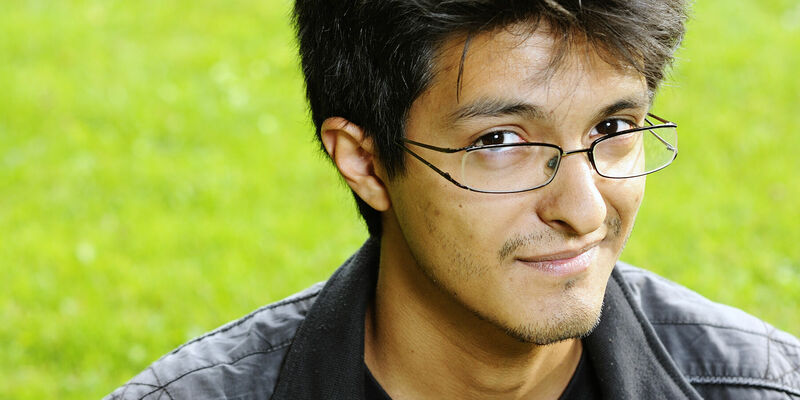CLMN | A resolve of supersonic proportions
This past Sunday, at an altitude close to 38 kilometers, Felix Baumgartner said live, to an audience of more than 7 million people around the world, “Sometimes you have to go really high to understand just how small you are”. Then, with a half-hearted military salute, he took a step into the nothingness of the upper atmosphere and plunged back to earth. In less than thirty seconds, he had achieved a speed of more than 1.300 km/h, officially breaking the sound barrier in unaided free fall.
While falling, he started to spin. At that altitude, there’s not that much air to begin with, let alone to manoeuver oneself. He had an emergency parachute specifically designed to stop such a spin. In a split second, he decided not to use it, rather trying his luck at controlling his descent.
Why? Because he knew, if he opened that parachute, it was game over. Yes, he would still have the record for longest and highest balloon flight, as well as the highest free fall. He would not, however, achieve supersonic speed. And so he plundered down, in a frenzy, until he was able to stabilize.
Now, a lot of people will dismiss this whole ordeal as a stunt. A lonely man’s crazy attempt to gather fame, or a multi-millions-worthy company looking for some press. Haters are definitely going to hate. And it would be easy to defend this mission for its complexity, for its technology, for what the data gathered from Felix’s suit could lead to in terms of aerospace safety protocols and systems.
To me, it’s more important to defend it for what it is: One man shaking his fist at the sky, defiant; the culmination of a dream 9 years in the making; another giant push into the limits of who we are. Sometimes the journey is the destination, and not the other way around.

Discussie